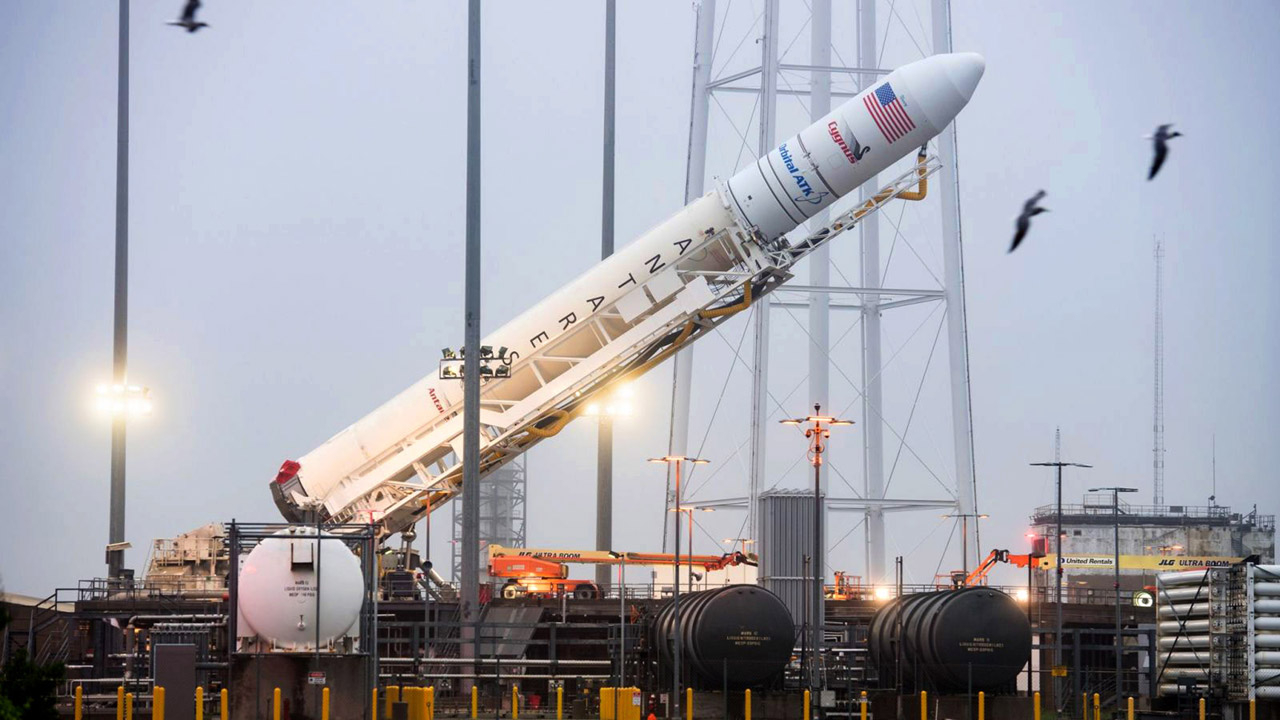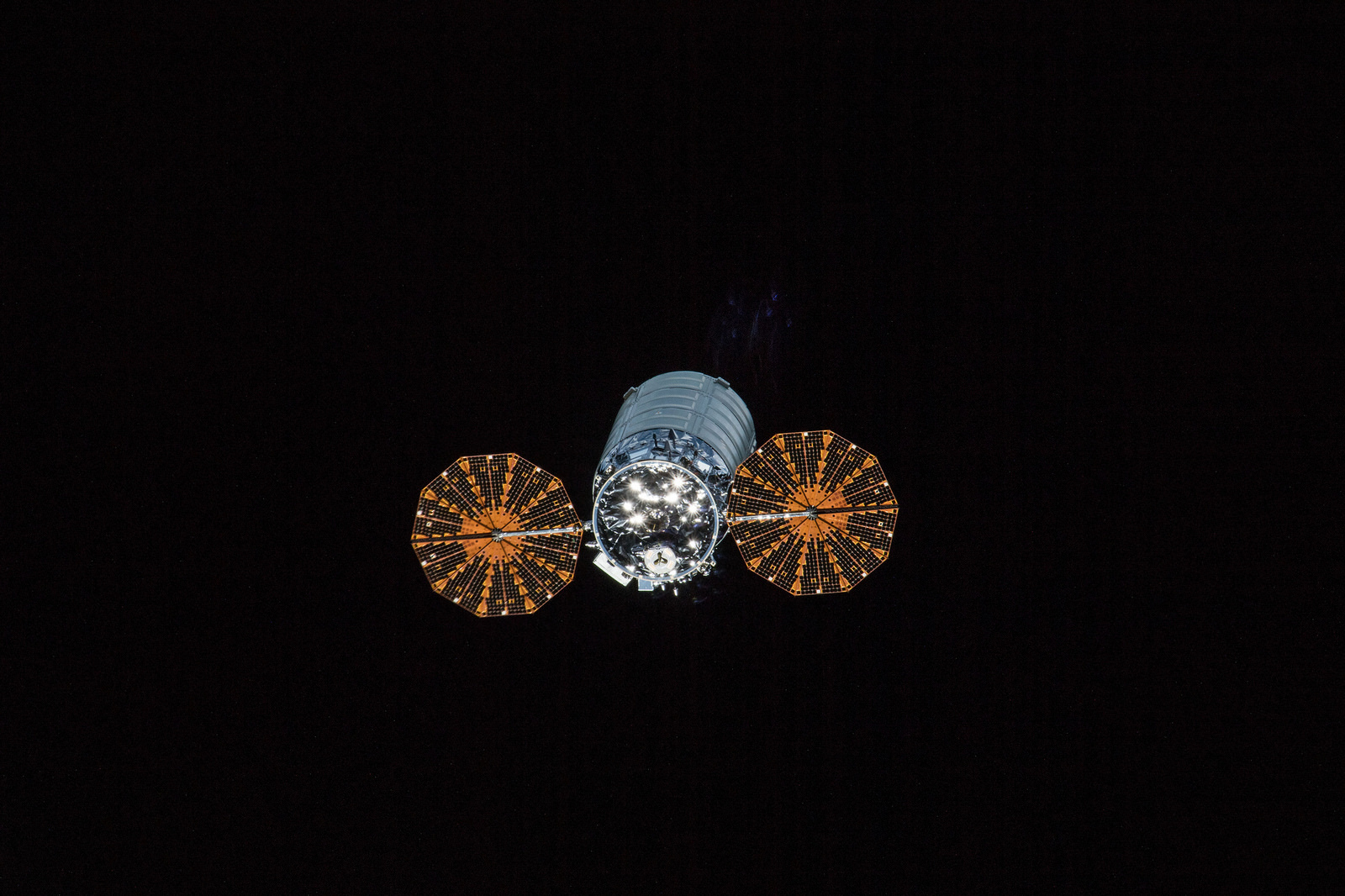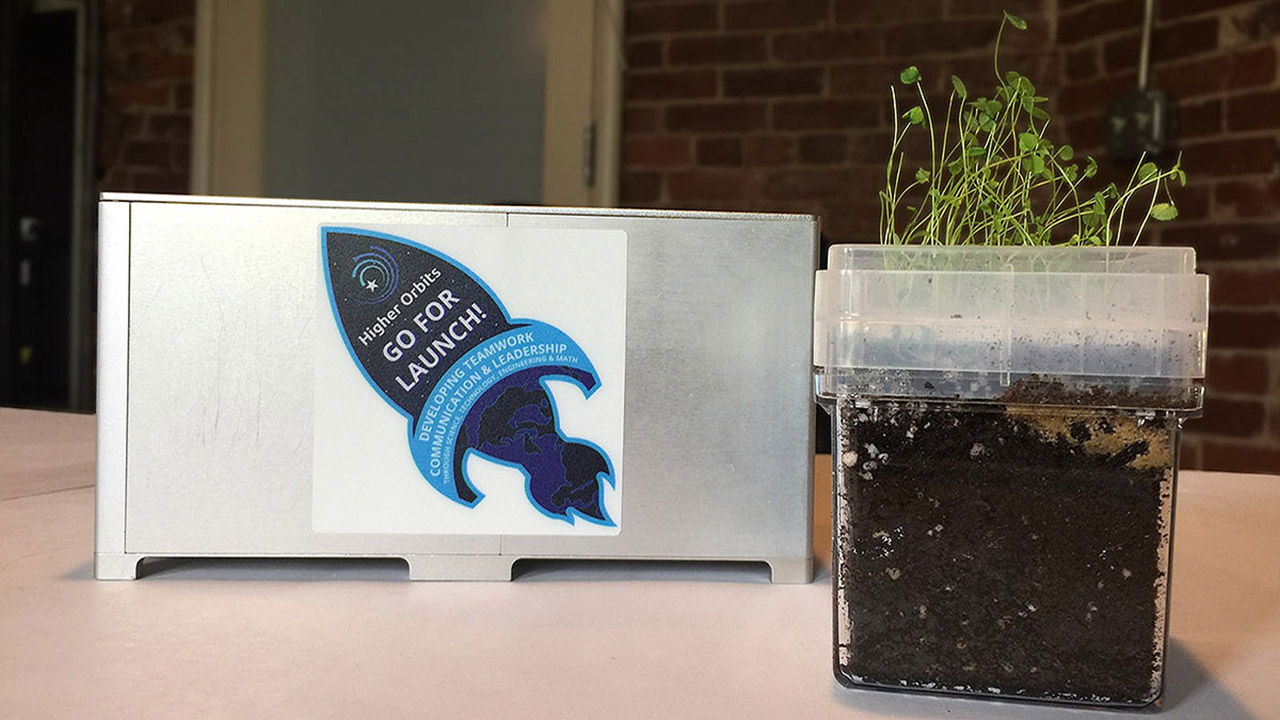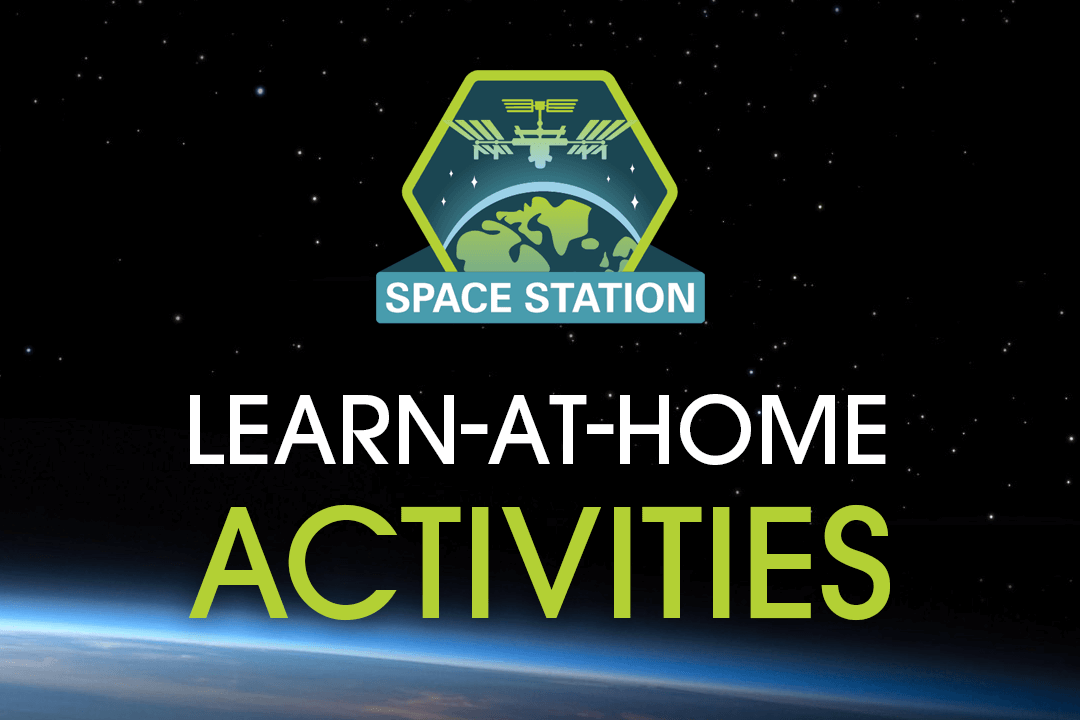On May 21, 2018, an Antares rocket launched a Cygnus resupply vehicle into low Earth orbit. The Cygnus capsule carried about 7000 pounds (3000 kg) of supplies, equipment, and science experiments to the International Space Station. Twenty-four of those science experiments were designed by high school and college students!
Learn more about all the payloads that launched on the OA-9 mission from this video and CASIS’ press release, Orbital ATK’s Cygnus Capsule to Host Research Destined for the International Space Station.
Here is a list of the student experiments with links to more information.
High School
- The Effect of Hydropriming on the Growth of Basil – International Space School Educational Trust (ISSET) with Space Tango
- Immiscible Liquid Separation – ISSET with Space Tango
- The Movement of Polar Liquids Across Electric Fields – ISSET with Space Tango
- The Contractile Properties of Smooth Muscle in Microgravity, Part 2 – Craft Academy with Space Tango
- Biological Nitrogen Fixation via Rhizobium-Legume Symbiosis – Mesquite High School through Higher Orbits‘ Go For Launch! program with Space Tango
- Slime Mold (Physarum polycephalum) Growth in Patterned Structure under Microgravity – Valley Christian High School, Dublin, CA, through Quest Institute with Space Tango
- Observation of Slime Mold Growth Inside 3D Maze in Microgravity – Chandra Kumala School, North Sumatra, Indonesia, through Quest Institute with Space Tango
- Different Copper Crystal Morphologies in Microgravity versus in Gravity – Minnehaha Academy, Mendota Heights, MN, through Quest Institute with Space Tango
- Prevention of Biofilm Formation in Microgravity Using an Antimicrobial Copper Paint – Valley Christian High School, San Jose, CA, through Quest Institute with Space Tango
- Measuring Radiation with Respect to Solar Flares and the South Atlantic Anomaly / Light Propulsion in Microgravity / Ferrofluid Heat Dissipation – Valley Christian High School, San Jose, CA, through Quest Institute with Space Tango
- The Effects of Microgravity on the Magnetic Qualities of Magnetorheological Fluids – Carmel Christian, Matthews, NC, through Quest Institute with Space Tango
- Measuring the Rate of Lactococcus lactus Fermentation in Microgravity – Valley Christian High School, San Jose, CA, through Quest Institute with Space Tango
- The Effects of Microgravity on the Electrochemical Characteristics of a Microbial Fuel Cell – Valley Christian High School, San Jose, CA, through Quest Institute with Space Tango
- The Efficacy of Sharklet Material in Preventing the Growth of E. coli Bacteria in Microgravity – Valley Christian High School, San Jose, CA, through Quest Institute with Space Tango
- Characterizing Magnetorheological Fluid in Microgravity – Bhattacharya Space Enterprises and Swinburne University of Technology, Hawthorne, Australia, through Quest Institute with Space Tango
- Investigating the Decomposition of Organic Material in Microgravity – Maranatha Christian Schools, San Diego, CA, through Quest Institute with Space Tango
- The Effect of Microgravity on the Crystallization and Properties of Copper and Bronze via Electroplating – Bhattacharya Space Enterprises and Singapore American School, Singapore, through Quest Institute with Space Tango
- The Effects of BAM-FX Nutrient Solution and Endophytes on Plant Growth in Microgravity – Valley Christian High School, San Jose, CA, through Quest Institute with Space Tango
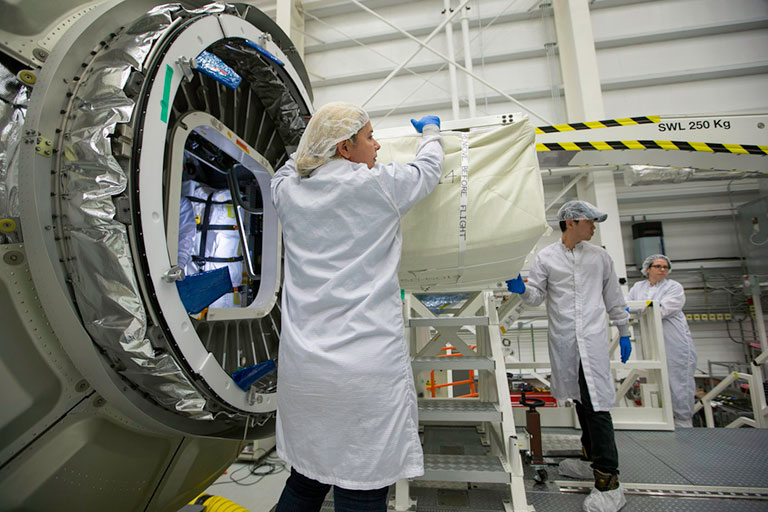
Engineers load the last of the cargo into the Cygnus capsule.
Media Credit: Image courtesy of Orbital ATK (now Northrop Grumman Innovation Systems)
College
- CubeRRT (CubeSat to test technology for Earth-sensing microwave radio meters) – Ohio State University, through NASA ELaNa with NanoRacks
- EQUiSat (CubeSat to test open-source research and test viability of LiFePO 4 Batteries) – Brown University, through NASA ELaNa with NanoRacks
- HaloSat (CubeSat to detect X-rays from the hot halo of baryon gas surrounding the Milky Way Galaxy) – University of Iowa-Iowa City, through NASA ELaNa with NanoRacks
- MemSat (CubeSat to evaluate memristor memory devices) – Rowan University, through NASA ELaNa with NanoRacks
- RadSat-g (CubeSat to evaluate a new radiation-tolerant computer system) – Montana State University-Bozeman, through NASA ELaNa with NanoRacks
- TEMPEST-D,1 (CubeSat, Temporal Experiment for Storms and Tropical Systems Technology – Demonstration) – Colorado State University-Fort Collins, through NASA ELaNa with NanoRacks


